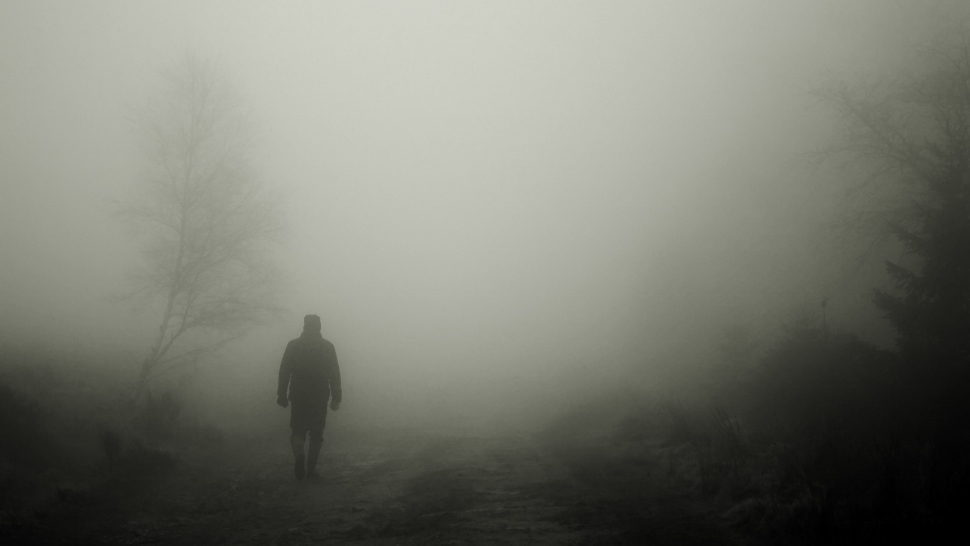
No one wants to think they’re being unfairly biased. Especially when it comes to what we can see right in front of us. But psychologist Julia Shaw, author of Evil: The Science Behind Humanity’s Dark Side, wonders if you’re really seeing what you think you are, especially in the case of people that creep you out.
Shaw has studied the concept of creepiness and what signals to us that someone is creepy. Last week, she wrote in TED Ideas that the feeling of being “creeped out” serves as an internal threat detector to let us know when something is off. Creepiness is our reaction to not knowing whether or not to be scared or disturbed by someone. It can even come in the physical form of feeling “the chills.”
Shaw also pinpointed what people interpret as creepy in others. She says we find it creepy when someone:
- Stands too close to you/others.
- Has greasy or unkempt hair.
- Has a peculiar smile.
- Has bulging eyes.
- Has long fingers.
- Has very pale skin.
- Has bags under his or her eyes.
- Wears dirty clothes or dresses oddly.
- Licks their lips frequently.
- Laughs at unpredictable times.
- Is extremely thin.
- Doesn’t look you in the eye.
- Doesn’t know how to end a conversation.
Also from Shaw’s research: 95 percent of participants said men were more likely to be creepy than women, and attractive people are perceived to be more trustworthy than unattractive people. For good measure, Shaw also identified what are viewed as the creepiest professions (in the following order): clowns, taxidermists, sex-shop owners, and funeral directors. The least creepy profession? Meteorologists.
You’re likely nodding to much of the above. Here’s where things get interesting:
Where a diagnosis of “creepy” goes wrong
How confident are you, really, that based on your brief encounter with someone, they’re not trustworthy? That they might do you harm? Research shows people make judgments in as little as 33 milliseconds of seeing a face, and those judgments are often wrong.
One study Shaw cited shared 34 photos with respondents. Half were of Nobel prize winners and half were of criminals from the America’s Most Wanted list. The men were sorted into matched pairs so there was an equal distribution of beard types, ethnicities, etc. Participants were asked to label each man as trustworthy or untrustworthy.
Thirty-seven percent of the time, Nobel laureates were labeled untrustworthy. Fifty-one percent of the time, criminals were labeled trustworthy. Test participants would have been better off flipping a coin.
There are consequences to this incorrect “labeling” we engage in. Psychology research shows that unattractive people (often seen as creepy) are less likely to get good jobs. So, quick judgment might be keeping you from hiring a far superior candidate. And quick judgments may also keep you from talking to someone and striking up a relationship that could turn out to be important for your career or personal life.
Shaw also points out that our perception of creepiness in others stems from their differences, differences that they did not choose to have:
Even though creepiness is the result of a system that is trying to keep us safe, it is poorly calibrated. We misidentify Nobel Laureates as notorious offenders. We think that people are creepy because they deviate from the norm in looks, mental health, behavior and interests.
What you should do when your creep radar goes off
The first step is to be aware when you’re slapping on that creepy label. “Then,” says Shaw, “go ahead and chat with that person who has a neck tattoo. Hire the woman with acne. And educate kids not to stare at the person with a facial deformity.”
It comes down to inclusion. Include this advice in your mental gymnastics the next time you meet someone a little different. Instead of seeing them as “off”, question if you’re judgment is on.




Leave a Reply